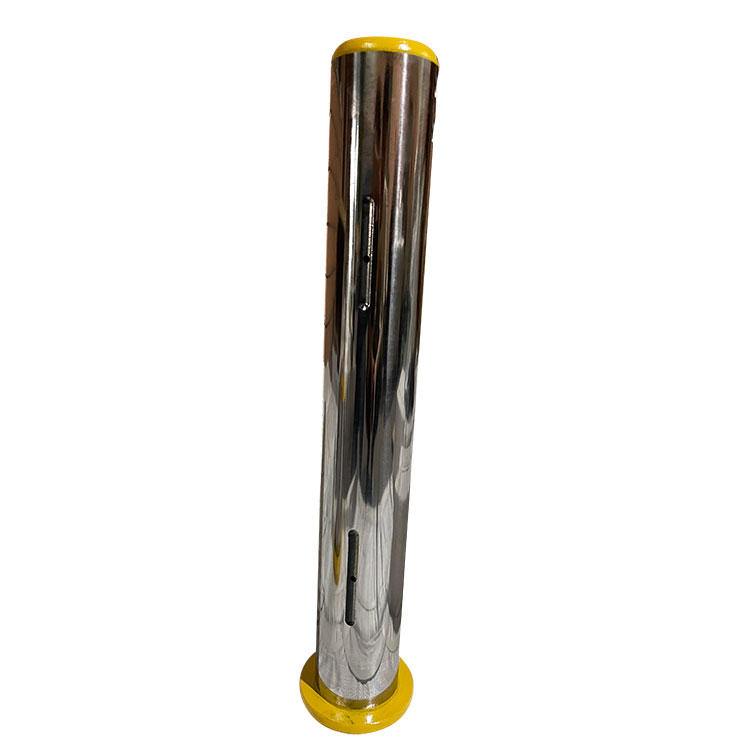Ensuring Quality and Reliability: Assessing Cylinder Pin Quality and Standards
2024-03-08
Introduction:
Cylinder pins play a crucial role in various mechanical systems, providing alignment, support, and actuation. Ensuring the quality and reliability of cylinder pins is essential to maintain the performance and safety of these systems. In this blog post, we'll explore how the quality of cylinder pins is assessed and the standards used to ensure their reliability and durability.
Dimensional Accuracy:
One of the primary factors in assessing the quality of cylinder pins is dimensional accuracy. This involves measuring the pin's diameter, length, and other critical dimensions to ensure they meet the specified tolerances. Dimensional deviations can affect the fit, alignment, and performance of the pin within the assembly, leading to issues such as misalignment, binding, or premature wear. Advanced measurement techniques, including precision gauges and coordinate measuring machines (CMMs), are used to verify dimensional accuracy.
Surface Finish:
The surface finish of cylinder pins also plays a significant role in their quality and performance. Smooth, uniform surface finishes help reduce friction, wear, and the risk of corrosion, enhancing the pin's longevity and reliability. Surface roughness measurements, performed using profilometers or surface roughness testers, ensure that the pin meets the required finish specifications. Additionally, visual inspections are conducted to detect any defects or imperfections that could compromise the pin's integrity.
Material Quality:
The quality of the material used to manufacture cylinder pins is critical to their performance and durability. Common materials for cylinder pins include stainless steel, carbon steel, brass, aluminum, and various alloys, each with its unique properties and characteristics. Material testing methods, such as chemical analysis, mechanical testing (e.g., tensile strength, hardness), and metallurgical analysis, are employed to verify material composition, mechanical properties, and microstructure. Compliance with international material standards, such as ASTM or ISO specifications, ensures the consistent quality of cylinder pin materials.
Load Capacity and Strength:
Assessing the load capacity and strength of cylinder pins is essential to ensure they can withstand the forces and stresses encountered during operation. Engineering calculations, simulations, and physical testing are used to evaluate the pin's load-carrying capacity, including its ability to resist bending, shearing, and fatigue. Testing methods such as tensile testing, compression testing, and fatigue testing help validate the pin's mechanical properties and performance under various loading conditions.
Corrosion Resistance:
Cylinder pins may be exposed to harsh environments that can lead to corrosion and degradation over time. Evaluating the pin's corrosion resistance is crucial to ensure its long-term reliability and functionality. Corrosion testing, including salt spray testing, humidity testing, and exposure to corrosive environments, assesses the pin's resistance to rust, pitting, and other forms of corrosion. Additionally, the use of corrosion-resistant materials, surface treatments (e.g., plating, coating), and protective measures (e.g., seals, lubricants) helps mitigate the effects of corrosion and extend the pin's service life.
Quality Standards and Certification:
Various quality standards and certification programs are used to ensure the reliability and durability of cylinder pins. These standards outline requirements for dimensional accuracy, material quality, mechanical properties, surface finish, and other critical parameters. Common standards applicable to cylinder pins include ISO 9001 (Quality Management Systems), ISO 9001 (Material Quality), ASTM (American Society for Testing and Materials), and DIN (Deutsches Institut für Normung). Compliance with these standards demonstrates that the pins meet industry-recognized quality criteria and have undergone rigorous testing and validation processes.
Conclusion:
Assessing the quality of cylinder pins involves evaluating factors such as dimensional accuracy, surface finish, material quality, load capacity, and corrosion resistance. By adhering to international quality standards and certification programs, manufacturers ensure that cylinder pins meet stringent requirements for reliability, durability, and performance. Investing in high-quality cylinder pins not only enhances the safety and efficiency of mechanical systems but also reduces maintenance costs and downtime, leading to greater overall satisfaction and success.



